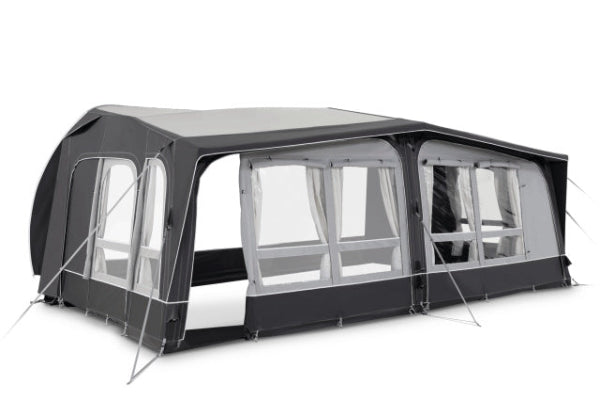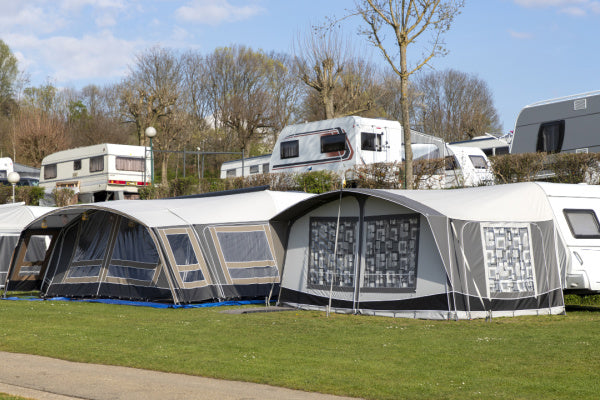Can You Keep a Portable Power Station Plugged In Constantly?
Ever treated your portable power station like a phone—plugged in 24/7 and forgotten? Short answer: yes, you can leave it plugged in—if it’s a smart one. But there’s a catch. Want longer battery life and fewer regrets? Keep reading for the do’s, don’ts, and a few “duh” moments.
The Direct Answer & Key Considerations for Your Power Station
Yes, you can leave a portable power station plugged in all the time—if it’s designed with modern safety features.
However, long-term battery health still depends on how you charge, what battery type you’re using, and whether you’re following the manufacturer’s guidelines.
It’s not just about convenience—it’s about making smart choices for performance and lifespan.

Understanding How Modern Power Stations Manage Power
Modern portable power stations are built with smart charging systems. These help regulate energy intake and keep the battery operating efficiently.
Instead of a simple plug-and-forget setup, these devices actively manage charge levels to prevent common issues like overcharging or excess heat.
This tech ensures you get reliable power without risking battery health.
The Role of the Battery Management System (BMS) in Preventing Overcharging
At the heart of most units is a Battery Management System (BMS). It’s responsible for keeping the charging process safe.
The BMS automatically stops charging once the battery is full. It also protects against deep discharges and overheating.
In short, it acts like a safety net, maintaining safe operation with minimal user input.
Differences Between Battery Chemistries (e.g., Li-ion vs. LiFePO4) and Their Tolerance to Being Plugged In
Battery type plays a key role in how well a power station tolerates continuous charging.
Lithium-ion batteries are compact and powerful, but they degrade faster when kept at full charge.
LiFePO4 batteries, on the other hand, are more robust. They tolerate long-term charging better and tend to last longer in general.
Knowing what’s inside your unit helps guide your charging habits.

Potential Impacts of Continuous Charging on Battery Lifespan
Even with smart features in place, leaving a power station plugged in permanently may lead to gradual wear—especially if it’s not managed carefully.
How Keeping a Battery at 100% Can Affect Long-Term Health
Most batteries don’t like being kept full.
Remaining at or near 100% charge stresses the cells. Over time, this can reduce capacity, even if it doesn’t cause immediate damage.
If your power station is used regularly, this stress can build up and shorten overall lifespan.
Understanding Charge Cycles and Gradual Degradation
A battery’s life is measured in charge cycles—the number of full charge-discharge events it can handle before fading.
Even “shallow” cycles from constant top-ups can add up.
Over months or years, this type of usage can wear down performance, even in high-quality batteries.
The Factor of Heat Generation During Prolonged Charging
Another concern is heat.
Charging generates warmth, and in some cases, continuous use can trap that heat inside the casing—especially in hot environments or enclosed spaces.
Even small rises in internal temperature can accelerate chemical degradation. Good airflow and smart placement help prevent this.
Is It Safe to Leave it Plugged In?
For most modern units, the answer is yes—but there are a few caveats to be aware of.
Safety Features in Quality Portable Power Stations
Reputable brands like Jackery, Anker, and Goal Zero equip their models with advanced safety features. These include:
-
Overcharge protection
-
Temperature control
-
Automatic shut-offs
With these in place, leaving the device plugged in shouldn’t pose a danger.
Importance of Using Manufacturer-Approved Chargers
Not all chargers are created equal.
Using off-brand or poorly made chargers can bypass or interfere with safety features. They may also cause inconsistent voltage delivery, which stresses the battery.
Always use the charger supplied by the manufacturer, or one they officially recommend.

Recognising Risks with Older or Damaged Units
Older devices—or ones showing signs of damage—may not be safe to leave charging constantly.
Watch out for symptoms like swelling, overheating, or rapid charge loss. If you notice any of these, unplug the device and seek support.
Best Practices for Charging and Extending Your Portable Power Station's Life
Maximising your battery's life means building good charging habits—not just relying on tech features.
Smart Charging Strategies for Optimal Battery Longevity
Think of battery health like fitness. It’s about balance and moderation, not just raw power.
By adjusting your charging routine slightly, you can add years of usable life to your power station.
The "Ideal" Charging Range (e.g., the 20-80% guideline)
Many battery experts recommend keeping charge levels between 20% and 80%.
This range reduces cell stress and chemical wear. It’s particularly helpful for lithium-ion batteries, which dislike being at extreme levels.
When to Charge: Before Use vs. Constant Top-Up
Avoid unnecessary top-ups when the battery is already near full.
Instead, charge when needed—ideally when the battery drops below 50%, or right before planned use.
This helps reduce shallow charge cycling and slows long-term degradation.
Understanding Pass-Through Charging: Benefits and Drawbacks
Pass-through charging—using the device while it charges—is supported by many power stations.
While convenient, it generates more heat. This is fine for occasional use, but avoid long-term pass-through scenarios if you want to preserve your battery.
Practical Scenarios: When Leaving it Plugged In is Acceptable or Recommended
There are moments when keeping your power station constantly connected makes sense.
For Emergency Preparedness and UPS Functionality
When your unit is used as a UPS (Uninterruptible Power Supply) or emergency backup, being plugged in ensures it’s always ready.
In these cases, continuous charging is expected—and often necessary. Models with LiFePO4 batteries are ideal for this role due to their stability.
Short-Term Convenience vs. Long-Term Habits
For short-term setups—like camping trips or work-from-home stations—plugging in all the time isn’t a big deal.
Just don’t let it become a daily habit unless your unit is built for it. Regular unplugging is better for long-term health.
Storing Your Power Station: Plugged In or at a Recommended Charge Level?
If you’re storing the device for weeks or months, don’t leave it fully charged or totally empty.
Instead, aim for around 50-60% charge, and store it in a cool, dry place.
This reduces battery stress and keeps the cells in healthy condition for future use.
Other content you might like:
- How Long Do Portable Power Stations Last?
- Can You Run a TV Off a Portable Power Station?
- Can Portable Power Stations Be Used Indoors?
- Can Portable Solar Power Stations Work in Winter?
- Are Portable Power Stations Allowed on Planes?
- How Many Hours Will a Portable Power Station Last?
- How Long Can a Portable Power Station Run a TV?
- Will a 1000W Inverter Run a Refrigerator?
- What Can a 150W Portable Power Station Run?
- How Many Batteries Do I Need for a 1000W Inverter?





Leave a comment